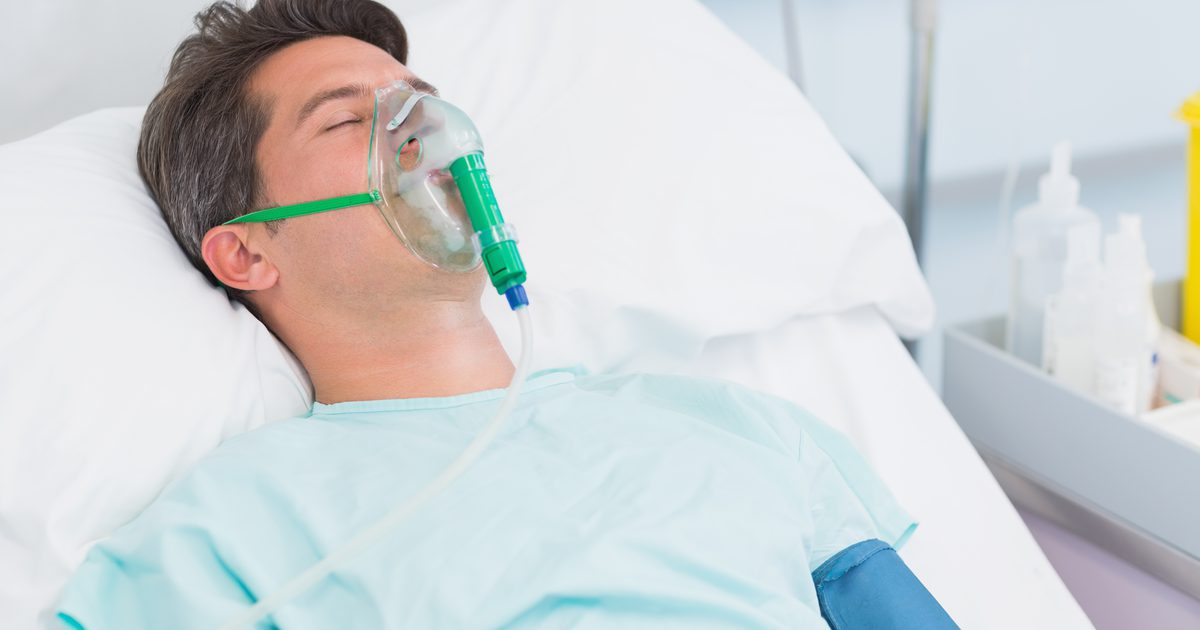Diagnosing & Treating Acute Respiratory Distress Syndrome
Oxygen

The criteria for an ARDS diagnosis includes three levels of disease depending on the PaO2 to FiO2 ratio. This ratio is the level of oxygen in the arterial blood compared to the fraction of oxygen in the inspired air. In mild acute respiratory distress syndrome, this is between two and three hundred millimeters of mercury. A Pa02/FiO2 of one to two hundred to millimeters of mercury is considered moderate ARDS, while less than one hundred millimeters of mercury is severe. Patients will need oxygen therapy matching the degree of disease.
In very mild cases, one hundred percent oxygen through a mask will be delivered. However, ventilator support is usually needed. In this case, oxygen will be delivered through a tube placed directly into the trachea and the machine will breathe for the patient. There is some evidence that lying face down can increase blood oxygen levels and may help the patient recover. Special beds in the intensive care unit of some hospitals can be used for this treatment. In addition to ventilator-delivered oxygen, there is another complex treatment in which the blood is oxygenated outside of the body. This treatment is referred to as extracorporeal membrane oxygenation (ECMO). Complications are common with this treatment, but it may be an option for some patients.
Fluids

Managing IV fluids for patients with acute respiratory distress syndrome is challenging. The hypoxic patient will need sufficient fluid replacement to increase perfusion of the tissues, without increasing edema in the lungs. Early in the disease, adding fluid to increase tissue perfusion is recommended. If pulmonary edema worsens, fluids should be restricted. The use of diuretics to remove the fluid in the lungs is controversial since the fluid is primarily inflammatory exudates with a high protein content and little water.
Diuretics may also decrease cardiac output and reduce the oxygenation of tissues. Parenteral fluid therapy consists of crystalloids like five percent dextrose, blood products, electrolytes, and nutrient solutions. Hypertonic dextrose can be used to osmotically pull fluid from the lungs to permit better gas exchange. A feeding tube will be inserted for long-term nutrition.
